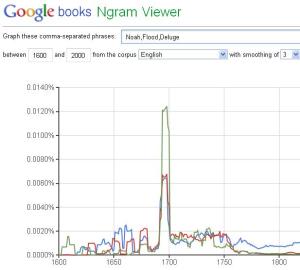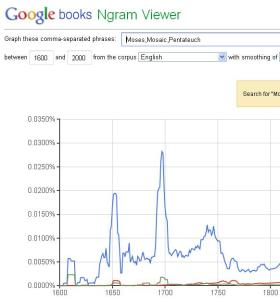Russell, Jeffrey B. Inventing the Flat Earth. New York: Praeger, 1991.
This is one of those books I heard I ought to read, but took a while to find and get around to. It’s an entry in the genre, history of ideas. Specifically, it rebuts the idea that most Christian thinkers since earliest times thought the world was flat, and that it was Columbus who proved it wasn’t by not sailing off the edge of it. More broadly, in removing this linchpin, he rebuts the more vague, general concept that the blind dogmatism of Christian theology has been largely responsible for resisting the progress of knowledge, e.g. revealing the roundness of the earth, soon to be followed by Galileo’s breakthrough in backing Copernican heliocentrism against the Church.
The key piece of evidence against this idea is that many leading (late) medieval Christian thinkers were Aristotelian, e.g. Thomas Aquinas, and that Aristotelian cosmology was fundamentally spherical, with earth at the centre, surrounded by a whole series of mobile ‘shells’ that carried the successive planets in their orbits about it. It was premised on the differing ‘weight’ of the elements of earth, water, air and fire, so that the heaviest, earth, must inevitably settle to the centre. There was no more efficient concentration of earth in the centre of the cosmos than a sphere.
Russell mentions a practical illustration of the prominence of a spherical view of the earth during the Middle Ages – kings’ orbs symbolizing their worldly dominion…in the shape of spheres. He can cite plenty of examples of overt references to the sphericity of the earth, and shows that most actual references to primary sources come eventually down to the Latin church father Lactantius and the Eastern Alexandrian writer Cosmas Indicopleustes. Both are authentic flat earthers, and Cosmas’ sixth-century Christiana Topographia explains the world as a rectangle on the model of the tabernacle floor plan. It is indisputably flat earth, but what is disputable is just how widespread such a view of the world was, then and afterwards.
Russell makes these two figures seem like exceptions to the rule of a mostly better-informed Christendom, along the way conceding that the eastern father Severian was another flat-earther and that others like Basil the Great prevaricated, feeling torn between philosophy’s support for a spherical earth and apparent biblical support for a flat one. On the other hand, philosophically astute thinkers like John Philoponus were apparently embarrassed by Cosmas’ cosmology and sought to refute it in favour of a philosophially robust Christianity.
Russell’s historical protagonists are above all the ‘creative’ C19th historical writer Irving Washington and the Frenchman Antoine-Jean Letronne (1787–1848), both filtered especially through the sceptical Andrew Dickson White, the writer who above all others established the sense of conflict between science and religion in popular culture. The difference between Russell and those opposite is essentially that for them the church, with its vast majority of unknown opinions, is guilty of obscurantism until proven innocent, and for Russell it is innocent until proven guilty.
My sense is that the flat earth idea is mostly erroneous, as Russell proves, and that in educated circles there was no doubt well prior to Columbus that the earth was a sphere. But I am a little cautious regarding the Eastern church in the patristic era. Russell mentions that Diodore of Tarsus was reproved by Photius for being flat-earth, and Theodore of Mopsuestia is suspected of having viewed the world the same way. This helps to explain Severian’s stance shortly afterwards. I have read other Eastern and Syrian treatments where the firmament is treated very literally as a dome covering the earth, and I suspect that a flat-earth understanding may have been rather widespread in the Eastern and Syrian churches late in the patristic period.
But not so later. The medieval church can’t be condemned for both scholasticism, which was Aristotelian, and for believing in a flat earth, because the two are mutually exclusive.
By the way, it’s a rather quick and easy read. I recommend it.


